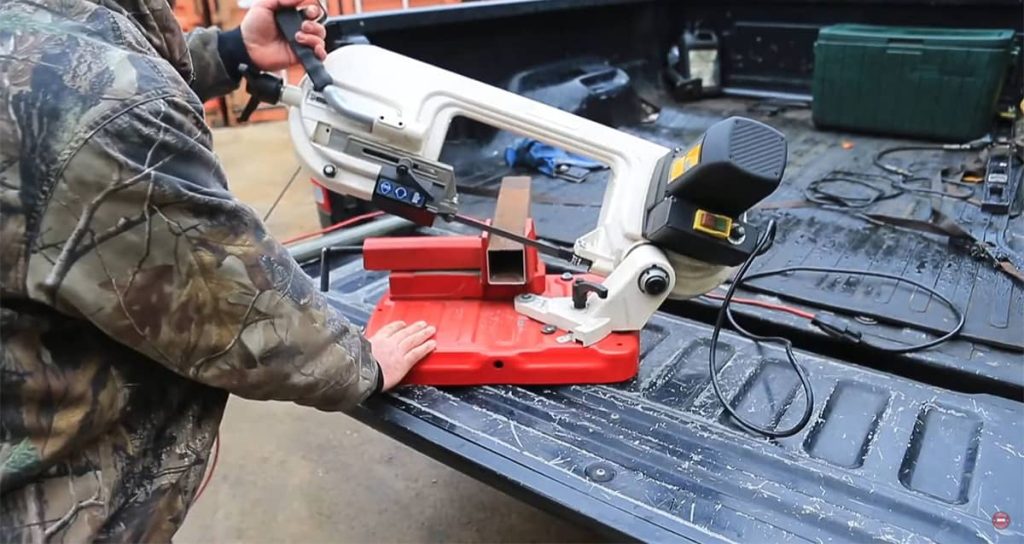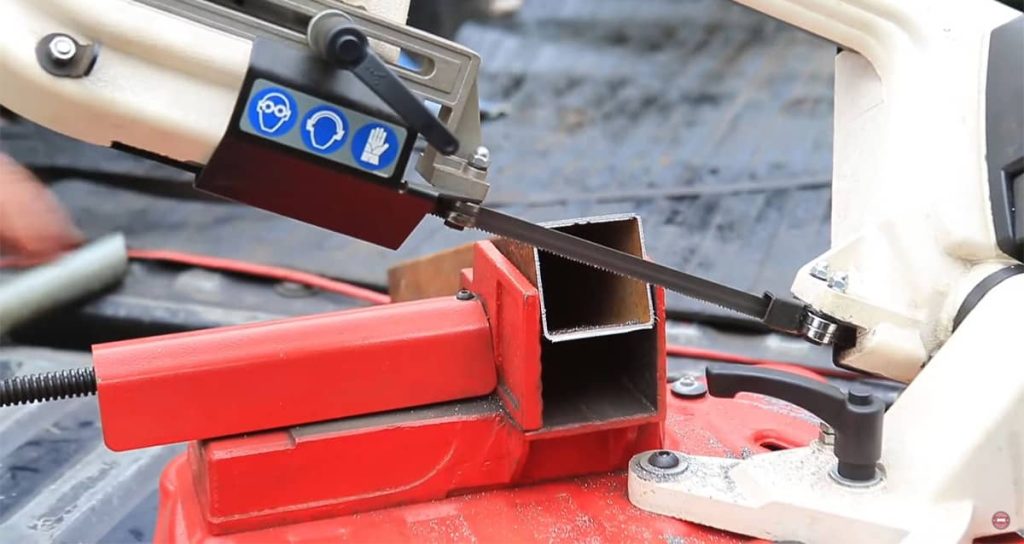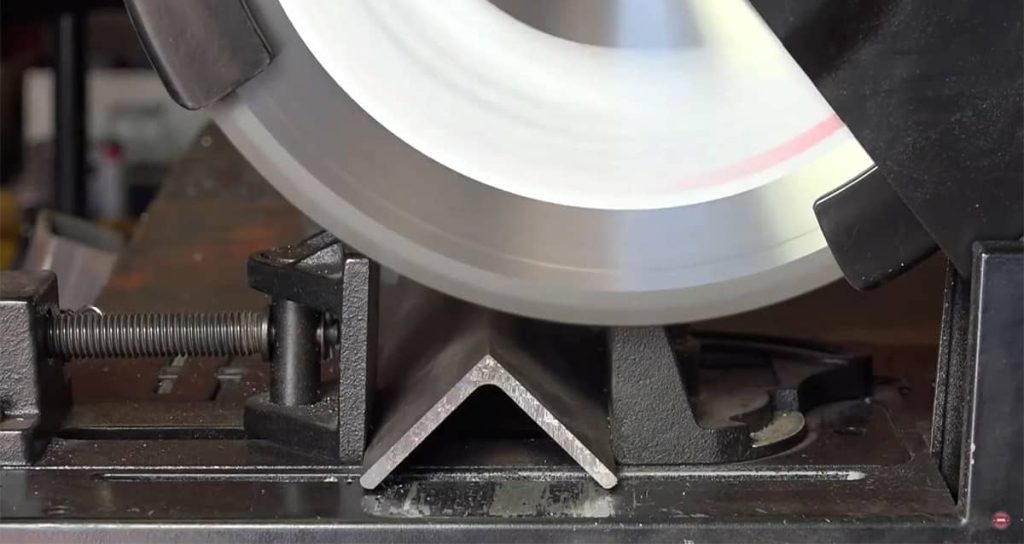Maintain Smooth and Reliable Bandsaw Operation
Taking care of your bandsaw through routine maintenance is one of the simplest ways to keep it working efficiently and extend its service life. Whether it’s used in a busy fabrication shop or a weekend workspace, regular upkeep helps avoid early wear, minimizes downtime, and supports accurate, consistent cuts. With just a few proactive steps, you can steer clear of problems like blade misalignment, uneven results, or unexpected machine issues.

The Value of Preventive Care
Bandsaws are built to perform, but regular attention is necessary to keep them cutting at their best. A preventive maintenance routine not only adds to the longevity of your machine—it also enhances safety and helps maintain the quality of your cuts day after day.
Advantages of Keeping Up with Maintenance
-
Limits stress on essential parts
-
Helps avoid unexpected malfunctions
-
Supports proper blade tracking and alignment
-
Maintains cutting precision
-
Improves safety for operators
Start with Cleaning and Lubrication
Metal chips, dust, and other buildup can accumulate quickly, affecting how your saw operates. Cleaning these areas routinely prevents wear and interference with moving parts like blade guides and bearings. In addition, using lubricant where needed reduces friction, ensures smoother operation, and protects against corrosion. Wipe down the saw table and any exposed metal surfaces to help guard against rust over time.

Key Components to Inspect Regularly
| Maintenance Area | What to Check |
|---|---|
| Blade | Tension, sharpness, tracking |
| Guide Bearings | Cleanliness, alignment, wear |
| Drive Belt | Signs of cracking, tension, slippage |
| Table Surface | Flatness, dust or metal buildup |
| Wheel Tires | Proper seating, condition, debris |
| Tension Mechanism | Smooth function, any sticking or resistance |
Tips to Get More Life from Your Blade
The blade does the heavy lifting, and with time, it wears down especially when used on harder materials. To keep your blade performing well, make sure you’re using the right blade for the job, maintaining correct tension, and replacing it when it starts showing signs of dullness or drift. Increased vibration or slower cutting are also signs it may be time for a new blade.
Quick Weekly Maintenance Checklist
-
Clear out sawdust or chips from the lower housing
-
Clean and check blade guides
-
Adjust belt and blade tension as needed
-
Test emergency stops and other safety functions
-
Wipe down the machine to protect against rust

Safety Matters: Stay Protected While You Work
Maintenance isn’t just about protecting your equipment it’s also about keeping yourself safe. A well-maintained machine is less likely to cause accidents. Replacing worn parts and checking for damage helps reduce risks. Always follow proper safety practices, wear protective gear, and confirm that all guards are in place before using the saw.
Take the Quiz: Know Your Maintenance and Handling
Proper care extends the life of your equipment and keeps your shop safe. Want to see how well you know tool upkeep? Visit SawbladeUniversity.com and take the quiz on Knowing Your Tool Maintenance and Handling. It’s a great way to brush up on the basics and make sure you’re getting the most from your tools.
Explore More: Rockwell 28-200 Bandsaw Manual Insights
If you’re working with or restoring a Rockwell 28-200 bandsaw, having the right guidance can make all the difference. Our article “Rockwell 28-200 Bandsaw Manual: Essential Tips for Optimal Performance” provides valuable information on setup, maintenance, and troubleshooting for this classic machine. Whether you’re a seasoned woodworker or just getting started, head over to the full article to make sure your bandsaw is running safely and cutting accurately.
Routine Care Pays Off
Consistent upkeep keeps your bandsaw cutting clean and reduces the risk of failure. Simple habits like cleaning, checking alignment, and staying on top of wear can prevent larger problems later on. A few minutes of regular attention saves time and money so keep it simple, and keep it sharp.